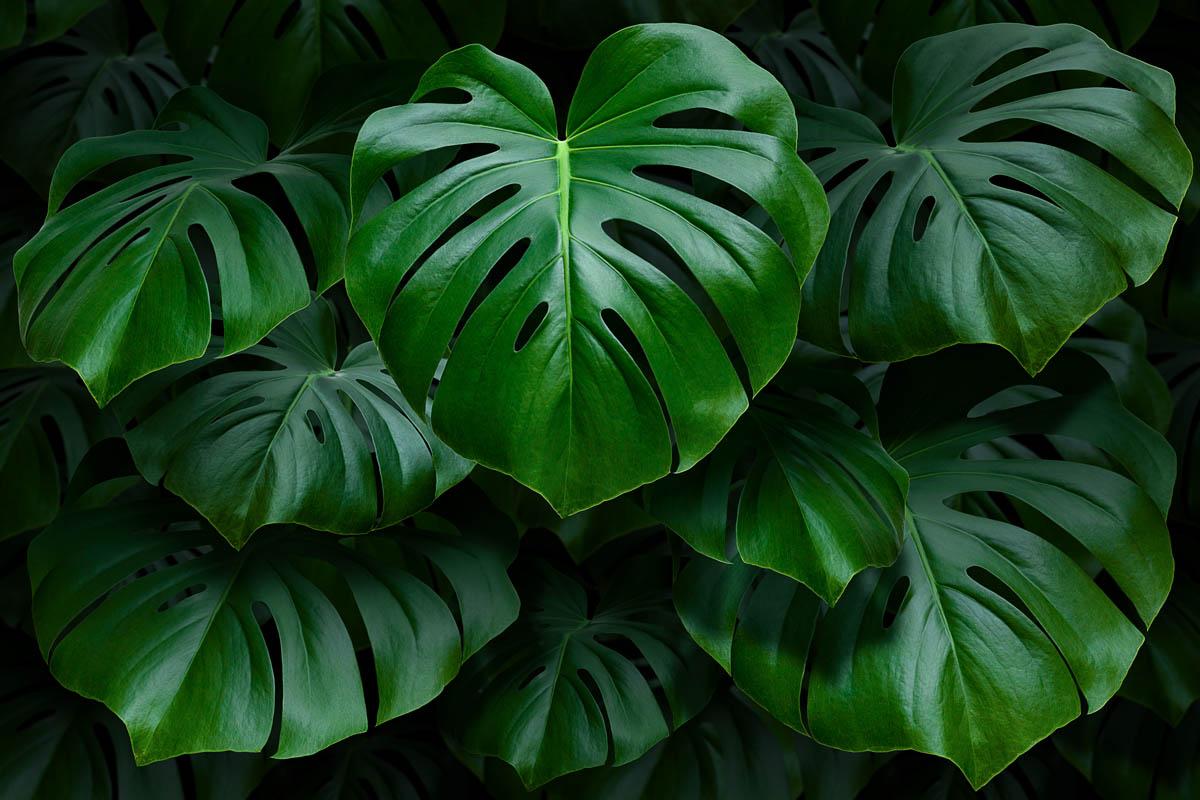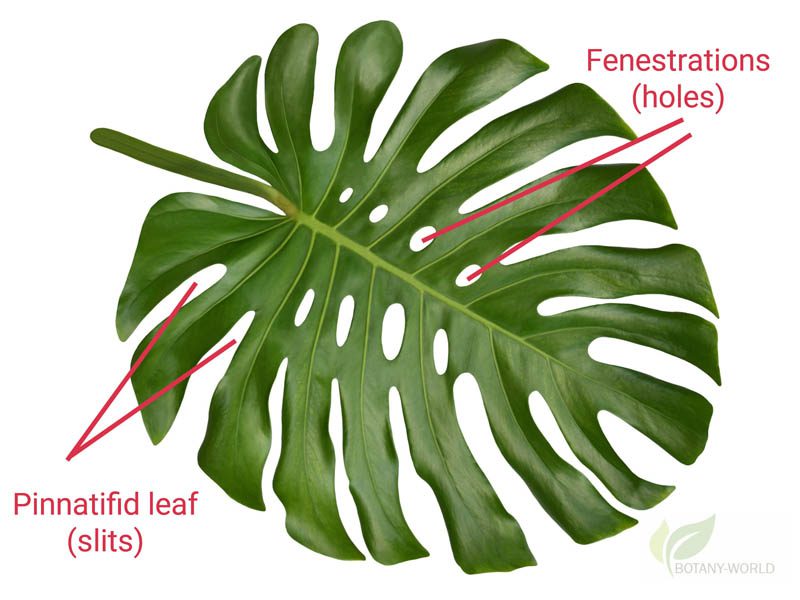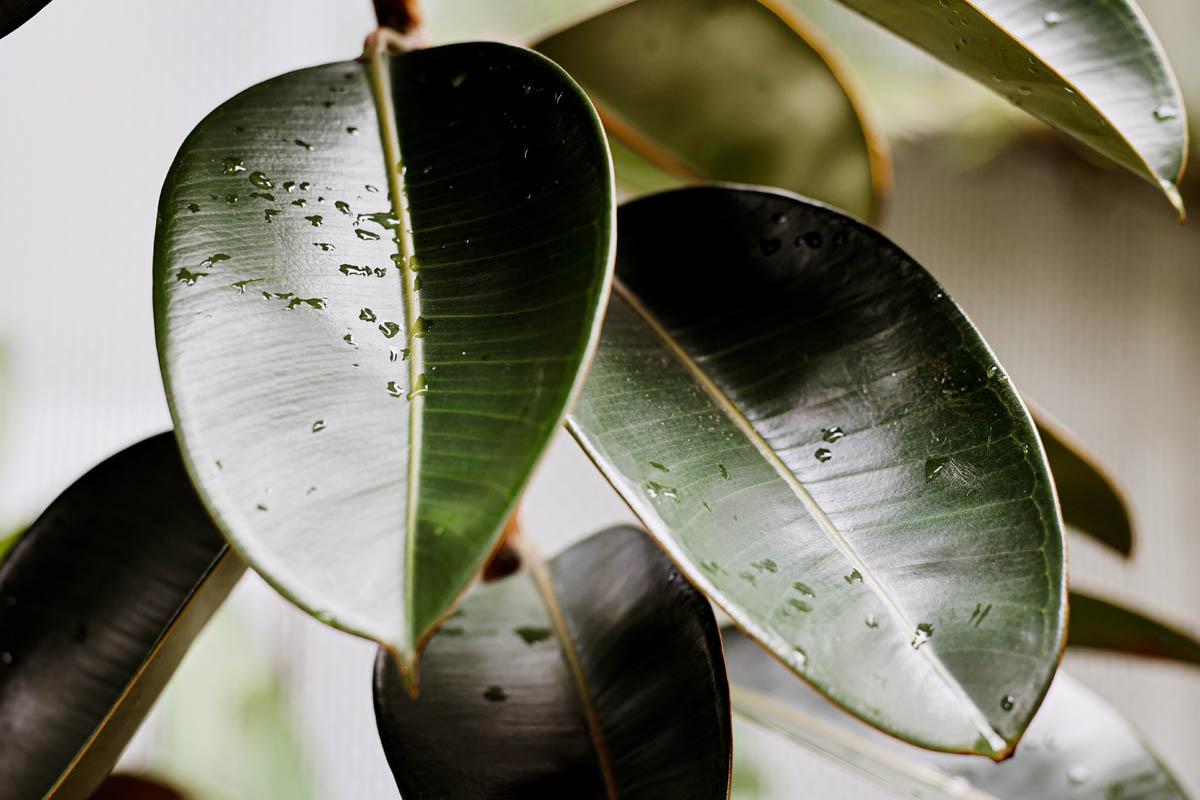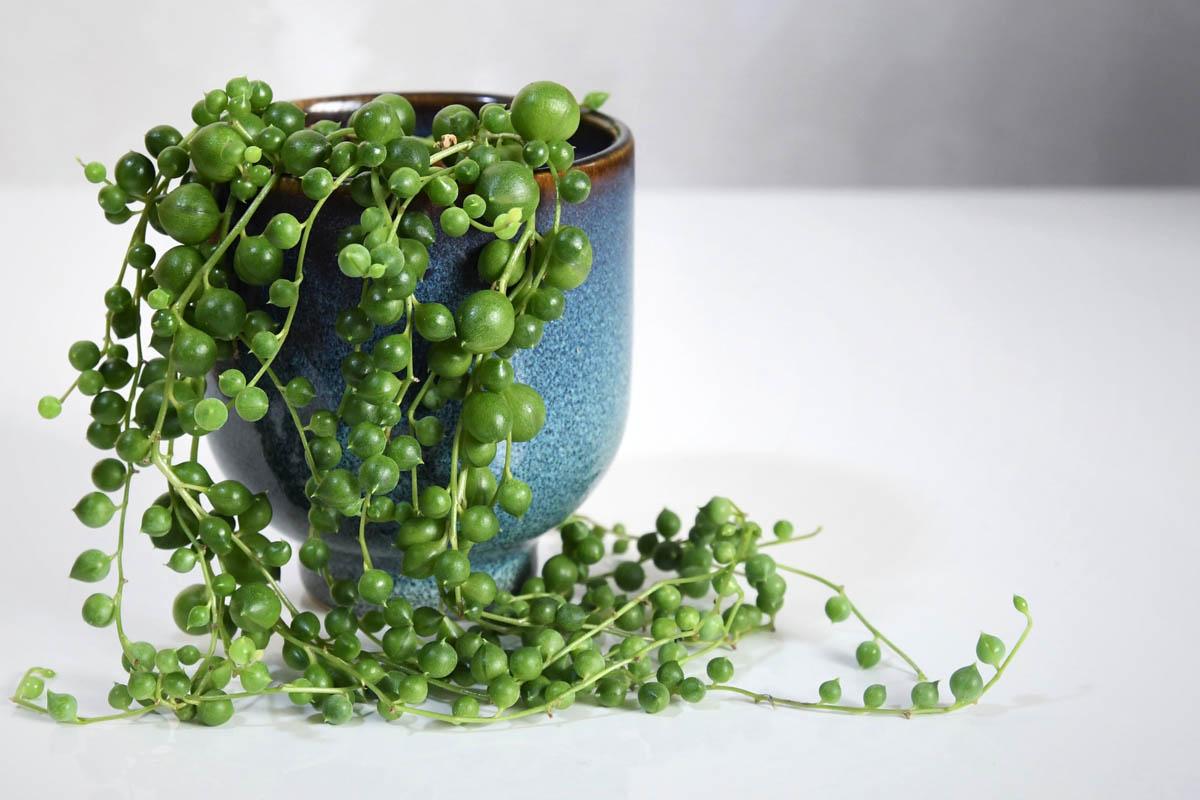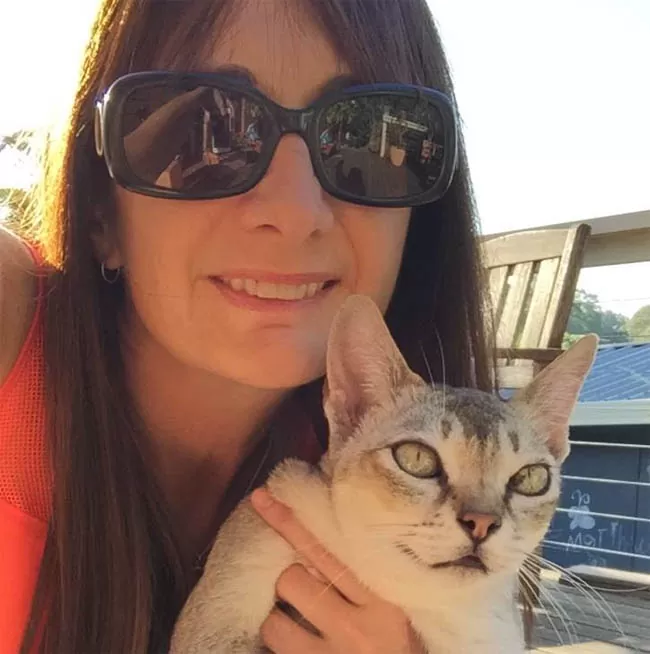Privacy Statement for Botany-World
Botany-World.com has created this privacy statement to demonstrate our firm commitment to your privacy. The following discloses the information gathering and dissemination practices for this Web site: botany-world.com
Botany-World has never, and will never sell user information to any third parties.
Cookies and web beacons
We do use cookies to store information, such as your personal preferences when you visit our site. This could include the ability to log in to some of our features, such as forums.
We also use third-party advertisements on botany-world.com to support our site. Some of these advertisers may use technology such as cookies and web beacons when they advertise on our site, which will also send these advertisers (such as Google through the Google AdSense program) information including your IP address, your ISP, the browser you used to visit our site, and in some cases, whether you have Flash installed. This is generally used for geotargeting purposes (showing Sydney estate ads to someone in Sydney, for example) or showing certain ads based on specific sites visited (such as showing cooking ads to someone who frequents cooking sites).
- Google, as a third-party vendor, uses cookies to serve ads on Botany-World
- Google’s use of the DART cookie enables it to serve ads to your users based on their visits to your sites and other sites on the Internet.
- Users may opt out of the use of the DART cookie by visiting the Google ad and content network privacy policy.
You can choose to disable or selectively turn off our cookies or third-party cookies in your browser settings, or by managing preferences in programs such as Norton Internet Security. However, this can affect how you can interact with our site as well as other websites. This could include the inability to login to services or programs, such as logging into forums. *
Registration forms
Botany-World collects data on users via registration forms on our site in which we ask visitors for general contact information (like email address).
User information
We do not, and will not sell user information such as email addresses, names or user data to any third party parties.
External links
This site contains links to other sites. Botany-World is not responsible for the privacy practices or the content of such websites.
Fingerprinting
Fingerprinting is a new method websites can spy on their users. Wikipedia describes fingerprinting as
A device fingerprint, machine fingerprint or browser fingerprint is information collected about a remote computing device for the purpose of identification. Fingerprints can be used to fully or partially identify individual users or devices even when cookies are turned off.
Botany-World.com does not utilise fingerprint code and doesn’t endorse sites that do. You can read more about fingerprinting and ways to protect yourself at Pixel Privacy.
Legal disclosures of information
Botany-World.com will not share any personally identifiable information collected from visitors or members of the site unless the following reasons apply.
- We are legally ordered to provide such information via a legal subpoena.
- We have reason to believe that a member has endangered, threatened, or harassed another member or staff member.
Your information
If you have any further questions or comments in regards to your privacy, please feel free to contact us.
* Thanks to JenSense for the use of this content.
Julia is a writer and landscape consultant from Wollongong with a love of horticulture. She had been an avid gardener for over 30 years, collects rare variegated plants and is a home orchardist. Julia is passionate about learning and sharing her knowledge of plant propagation and plant toxicology. Whether it’s giving advice on landscape projects or sharing tips on growing, Julia enjoys helping people make their gardens flourish.

